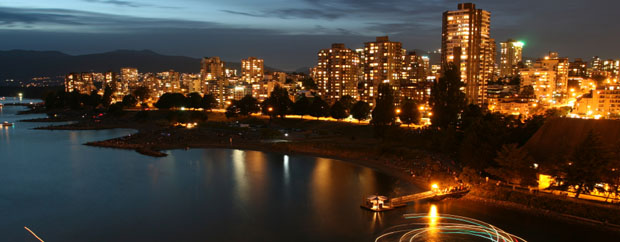If you are looking for a new way to boost your photography portfolio’s impressiveness you may want to consider looking into buying new lenses or filters. These add ons can range in price from $10 to thousands of dollars but there are a few “must have” add ons for your digital and film cameras.
While these are not necessary add ons to increase the quality of your work, if you’re getting bored of the current photographs you’re taking these camera add ons can create a dramatic difference and help re-inspire you to get out there and take photographs.
Polarizing filter: the polarizing filter is very cheap and can often be picked up for $10 - $30 for a starter filter. What the polarizing filter does is helps takes the glare out of non metal surfaces and it helps exaggerate the blue of a blue sky. You’ve often seen photographs that look absolutely spectacular with their fluffy white clouds and brilliant blue skies. This effect was created with a polarizing filter and no photographer should leave home without one.
Wide angle lens: this lens can often be purchased for digital cameras as an “accessory lens” which simple means that it isn’t a proper attachment in and of itself, but instead attaches onto a pre-existing lens to create a similar effect of a traditional wide angle lens. Alternatively if you have a digital SLR (DSLR) or a regular SLR (Single Lens Reflex) you can but high quality wide angle lenses that can help fit more of your foreground and background into your photographs.
The polarizing filter and the wide angle lens are two add ons that will inspire even the most burnt out photographers to keep taking new pictures on a daily basis. They are also to the two lenses that have dramatic effects while still ensuring the photograph remains “real” looking. Not only this but based on current rating systems on internet photography websites it seems that audiences rate photographs taking with cameras that use the polarizing filter or wide angle lens very highly.

